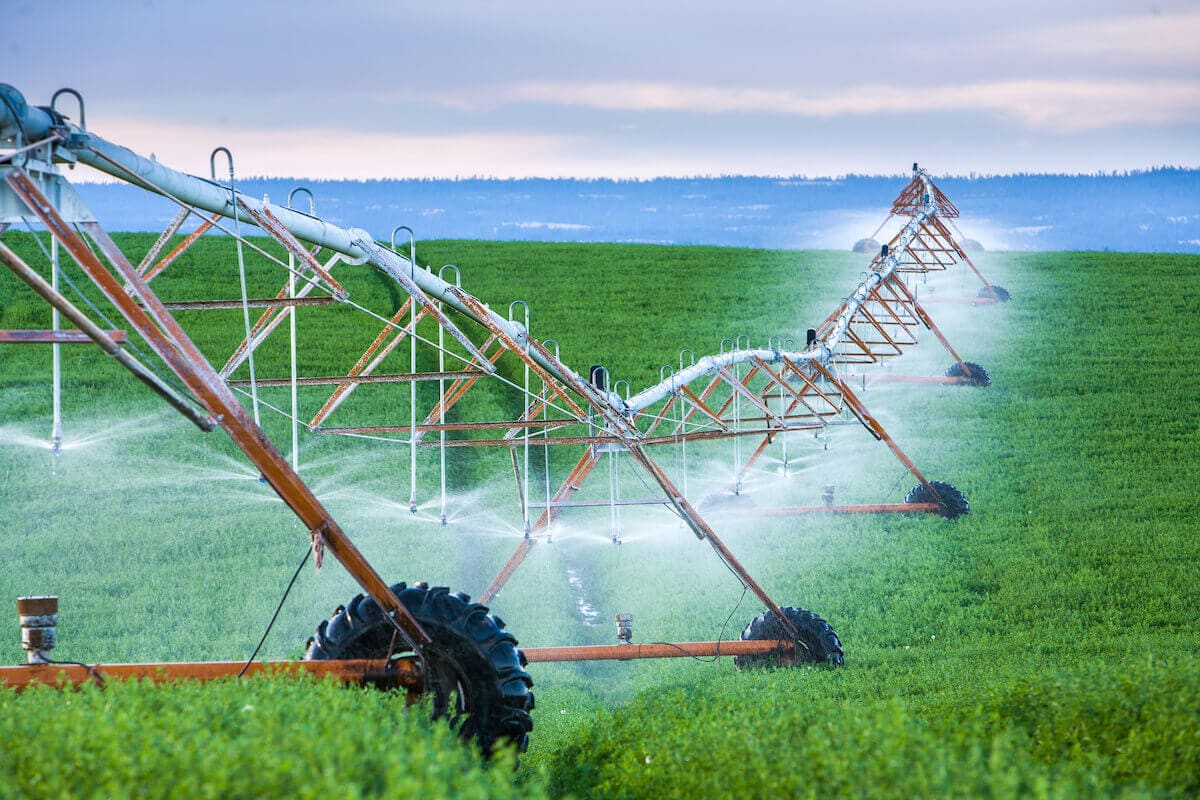Water Rights in Oregon: What Every Farmer Needs to Know
by
Todd Longgood
|
Farming


Water is crucial when it comes to investing in farmland. In the state of Oregon, farming is not just a business, it is deeply rooted in our culture and history. Here, the importance of understanding the right to use water is essential.
Knowledge of water rights can be the very difference between a successful and a failed farmland investment. Especially in regions like the Willamette Valley, where crops and vineyards are plentiful, being aware of water rights can shape the future of an investment. Making informed decisions about water can pave the way for prosperous returns and a thriving farm.
